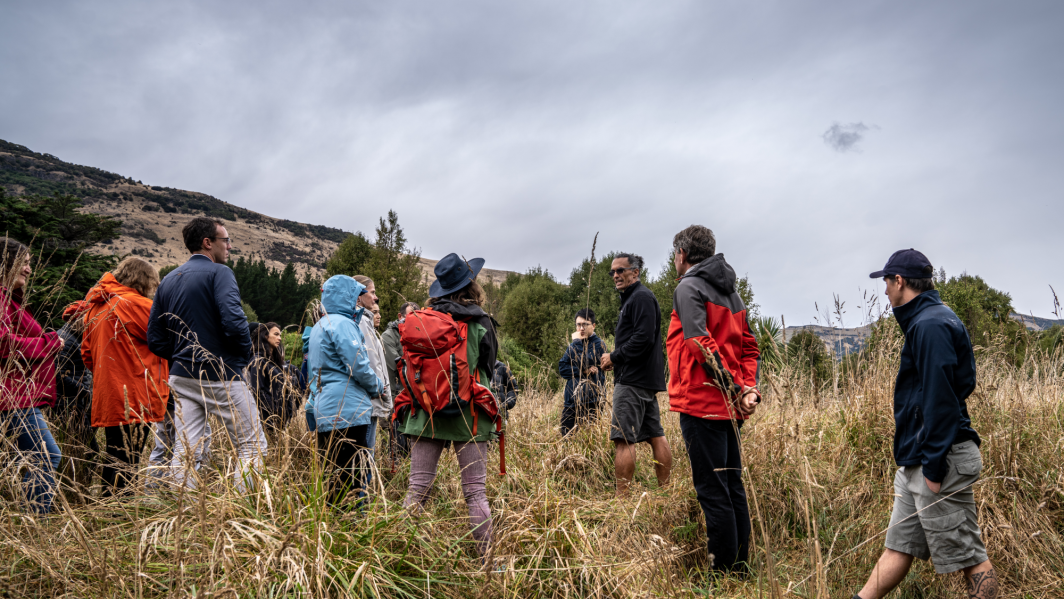-
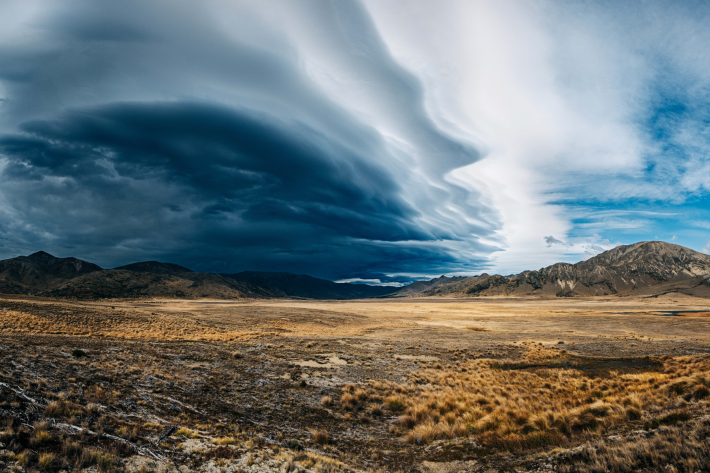
Weather hazards
NIWA plays a pivotal role in weather hazards research, providing critical information and tools for assessing, monitoring, and managing weather-related risks and impacts. -
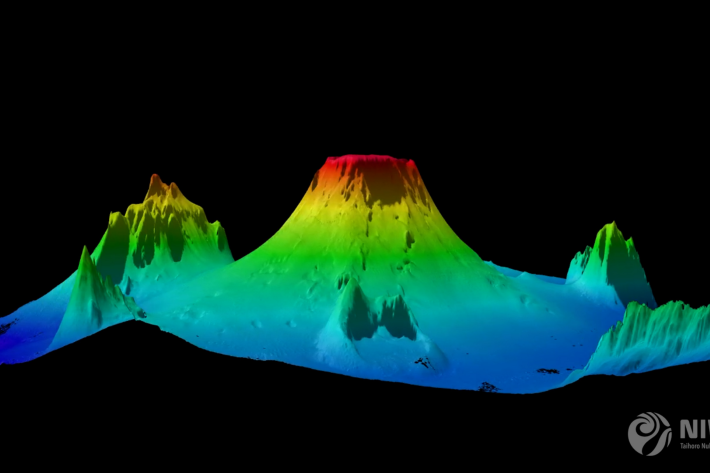
Geological hazards
NIWA studies marine geological hazards, including earthquakes, submarine landslides and tsunami, volcanic eruptions, seafloor scour, sediment transport and shallow gas. -
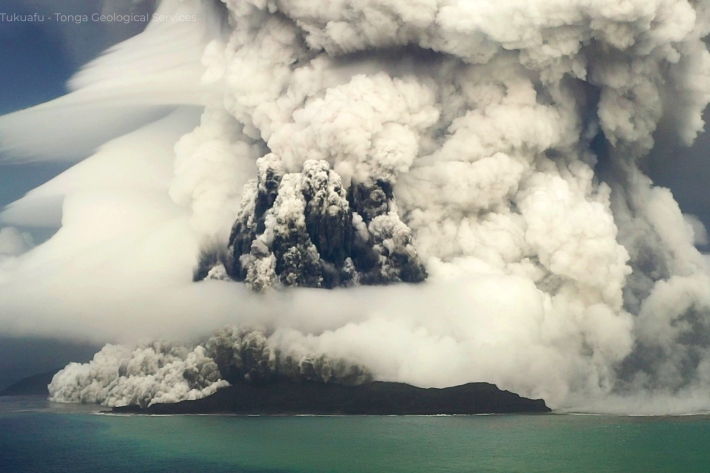
Tonga eruption caused fastest ever underwater flow
Media release07 September 2023The 2022 Tonga volcanic eruption triggered the fastest underwater flow ever recorded. -
Higher and drier – the cost of raising homes
Media release30 August 2023New research shows that in some cases, lifting houses may be a cost-effective way to reduce intermittent flooding risk. -
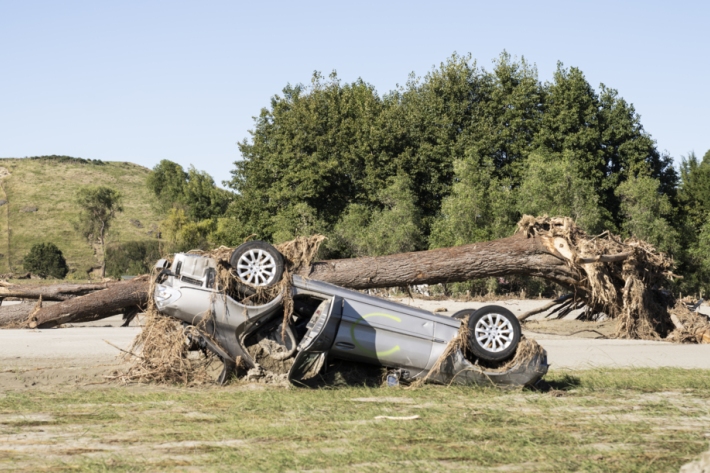
Extreme weather research gets a boost
Media release21 August 2023NIWA has launched a $5 million per year package of new projects aiming to tackle some of New Zealand’s most pressing challenges, including responding to and preparing for extreme weather events. -
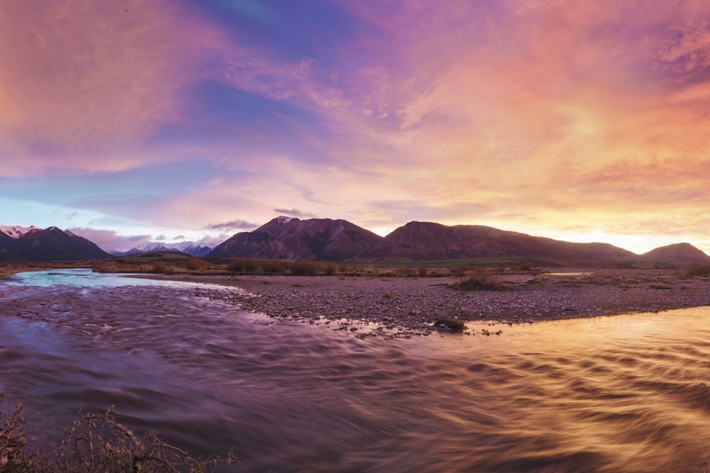
Government review of weather forecasting system – Statement by NIWA Chief Executive John Morgan
Media release31 July 2023"We are pleased with and support Treasury and MBIE’s review of weather forecasting announced by Minister Webb." -

Kaikōura’s deep seabed is rapidly recovering, says NIWA
Media release19 June 2023Areas of Kaikōura’s seabed show promising signs of recovery just four years after the 2016 earthquake, says NIWA. -
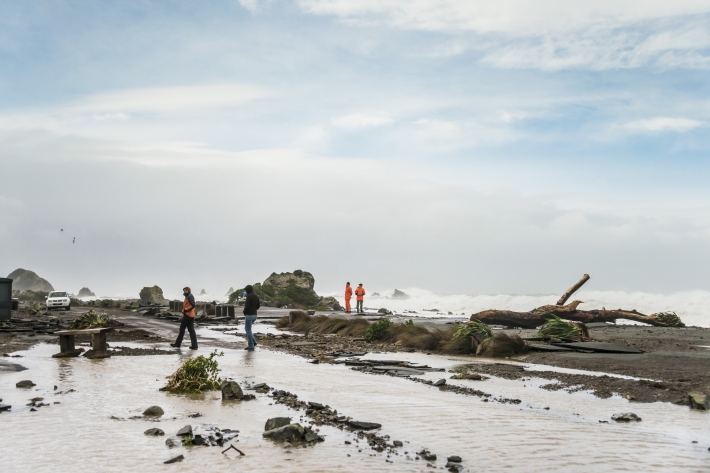
New maps reveal places at risk from sea-level rise
Media release25 May 2023New maps from NIWA and the Deep South National Science Challenge show areas across Aotearoa New Zealand that could be inundated by extreme coastal flooding. -
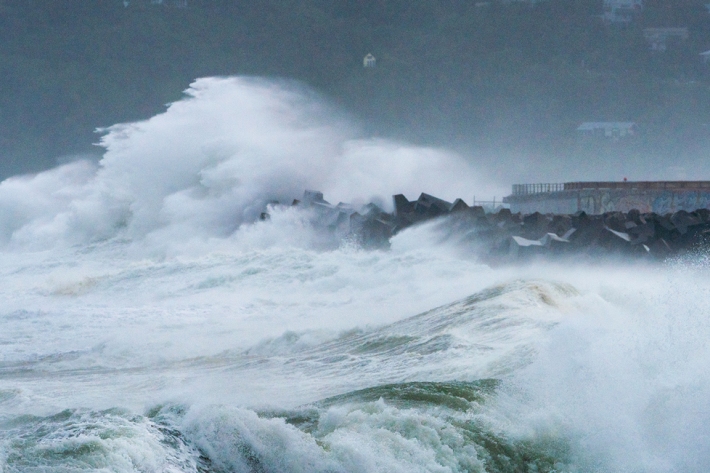
NIWA's Historic Weather Events website
Media release10 March 2023Our official statement in response to Ian Wishart's report about NIWA's Historic Weather Events Catalogue website. -
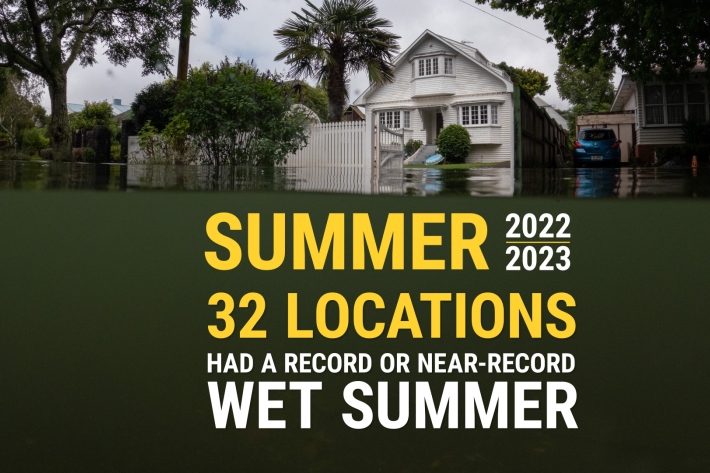
In numbers: New Zealand’s wild summer weather
Media release03 March 2023It has been a summer to remember, but not in a good way. -
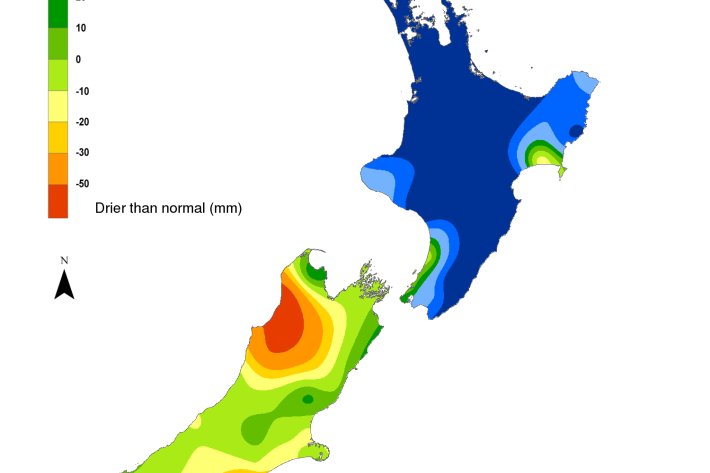
Hotspot Watch 16 February 2023
Hotspot16 February 2023A weekly update describing soil moisture patterns across the country to show where dry to extremely dry conditions are occurring or imminent. Regions experiencing significant soil moisture deficits are deemed “hotspots”. Persistent hotspot regions have the potential to develop into drought. -
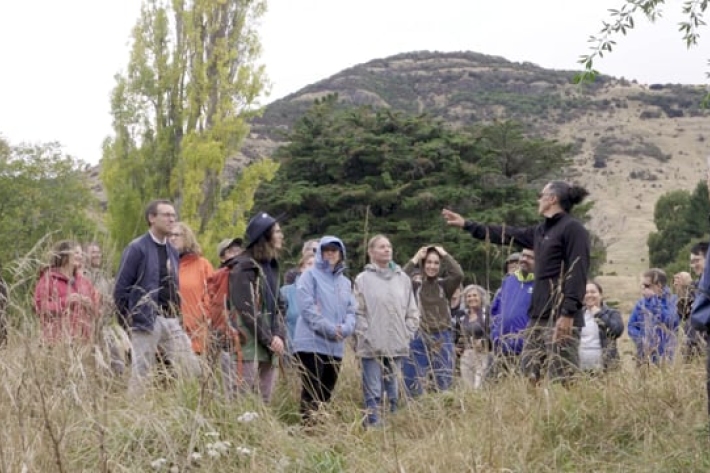
Mā te haumaru ō nga puna wai ō Rākaihautū ka ora mo ake tonu: Increasing flood resilience across Aotearoa

